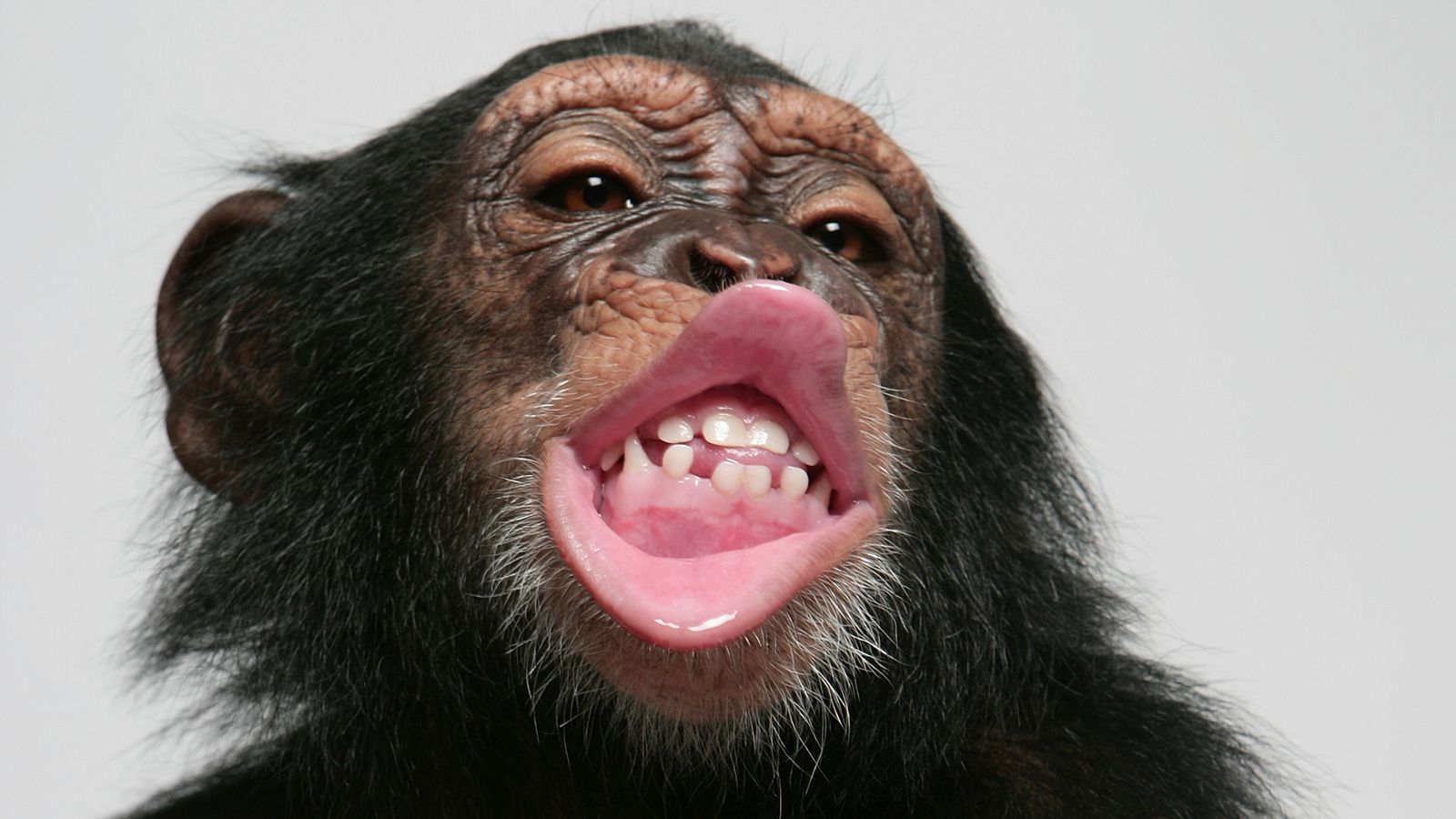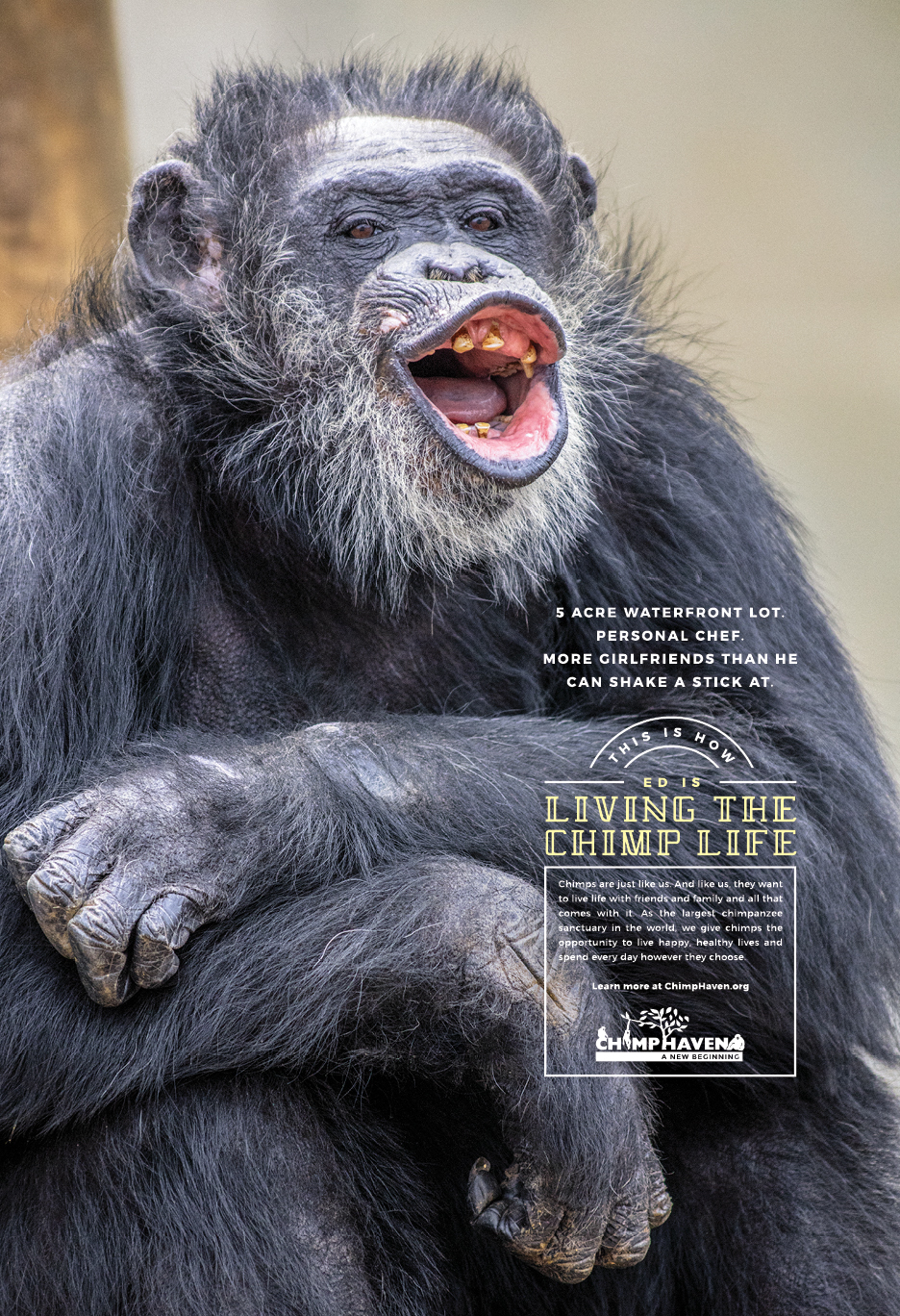

Rhesus monkey 94-R021 experienced thrombocytopenia upon administration of a different antagonist, L-767,679, and several prodrugs that are converted into the active form, L-767,679, in the blood. Flow cytometric analysis showed drug-dependent antibodies (DDAbs) in the plasma of chimpanzee A-264 that bound to platelets of chimpanzees, humans, and all other primates tested only in the presence of the compounds that induced thrombocytopenia. These compounds did not affect platelet count in five other chimpanzees or numerous other nonhuman primates. However, an equally efficacious antiaggregatory dose of another potent antagonist, L-734,217, caused no change in platelet count. Chimpanzee A-264 experienced profound thrombocytopenia on two occasions immediately upon intravenous administration of two different potent FRAs, L-738,167 and L-739,758. This report describes the occurrence of thrombocytopenia in one chimpanzee and one rhesus monkey upon administration of potent FRAs. For these reasons, there is a consensus that great apes are some of the most intelligent animals on the planet.Most clinical trials with fibrinogen receptor antagonists (FRAs) have been associated with thrombocytopenia. There are academics who believe that chimpanzees actually develop their own cultures – unique tendencies and behaviors that are learned or imitated within certain chimpanzee groups that are in contrast to other groups. However, it’s more for their behaviour that great apes are differentiated from other apes – specifically their ability to use tools and language, and their complex social groups and lives. Physically great apes have some common features, such as an almost naked face, no cheek pouches, and opposable thumbs that are shorter than their other fingers. The term ‘great ape’ refers to a sub-category of apes known as Hominidae, made up of orangutans, chimpanzees, bonobos, orangutans, gorillas, and us – humans (basically all apes except the gibbon family, members of which are known as lesser apes). There are no apes or monkeys (or any primates at all) in Australasia. This last difference between monkeys and apes might come in useful if you’re in the Americas, where if you see a primate in the wild it definitely won’t be an ape! Apes are found only in Africa and Asia, whilst monkeys live in Central and South America as well as Europe, Africa, and Asia. At the top of the chart in white are primate species that are neither apes nor monkeys, namely galagos, lorises, and lemurs:


This taxonomy of primates should help you understand where apes (green), Old World monkeys (yellow), and New World monkeys (orange) – sit in the overall primate family. Anthropoids vary considerably in size, geographical range, and behavior, but they are similar in that they all have flat faces, small ears, and relatively large, complex brains. (Read more about Old World African monkeys.)Īpes, Old World monkeys, and New World monkeys all diverged from each other many millions of years ago, and are all part of a sub-family (suborder) of primates known as Anthropoids. These two groups themselves have many divergences, with significant differences between the two groups include opposable thumbs, sitting pads, nose and septum shape, and prehensile tails. The term ‘monkey’ is generally accepted to refer to two groups of primates – New World monkeys and Old World monkeys. A primate is an animal belonging to the biological order ‘ Primates’, a group that contains all species of lemurs, monkeys, and apes worldwide. Ape vs New World monkey vs Old World monkeyīefore looking at the differences between apes and monkeys, it’s important to know that apes and monkeys are both types of primates. So, how can you tell which animals are monkeys, and which are apes… and what exactly are the differences between monkeys and apes? Let’s start with a little evolutionary biology.

In some cases, monkeys and apes can live side by side, or look similar, but after a little research, it’s obvious that there are a number of significant differences between the two groups. Can you tell the difference between apes and monkeys? For much of history, there was no ape vs monkey debate, and the terms were used interchangeably, even though apes and monkeys are actually very different animals.


 0 kommentar(er)
0 kommentar(er)
